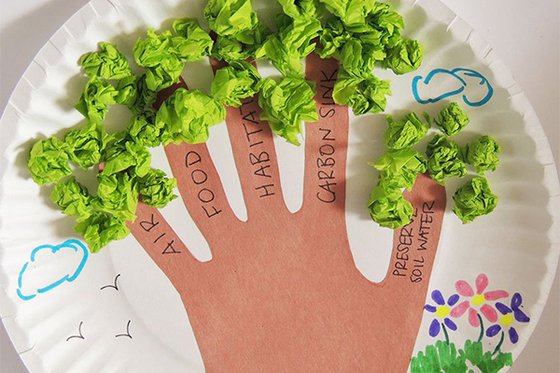"STEM Explorers powered by Green Teens" explores the importance of the natural world and promote environmental advocacy through interactive education programs. Past on-site workshops took a deeper look at how we can preserve our world for the next generation and beyond.
Earth Day
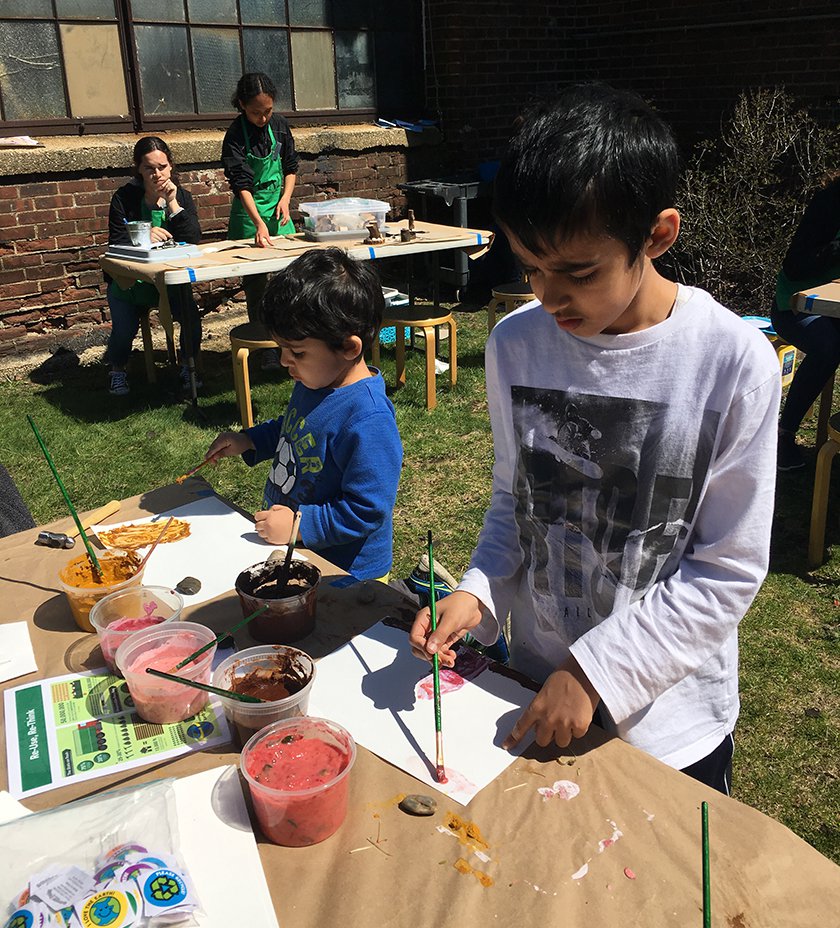
Visitors learned how to make paint using natural materials like strawberries and cinnamon.
- The United Nations has developed a set of 17 Sustainable Development Goals to help make the world a better place by 2030. See how you can do your part here.
- Learn how to mix up some colorful paints from dried herbs.
- How do you spend time in nature? Take some tips from National Wildlife Federation when you go on your next hike.
Our Earth, Our Home
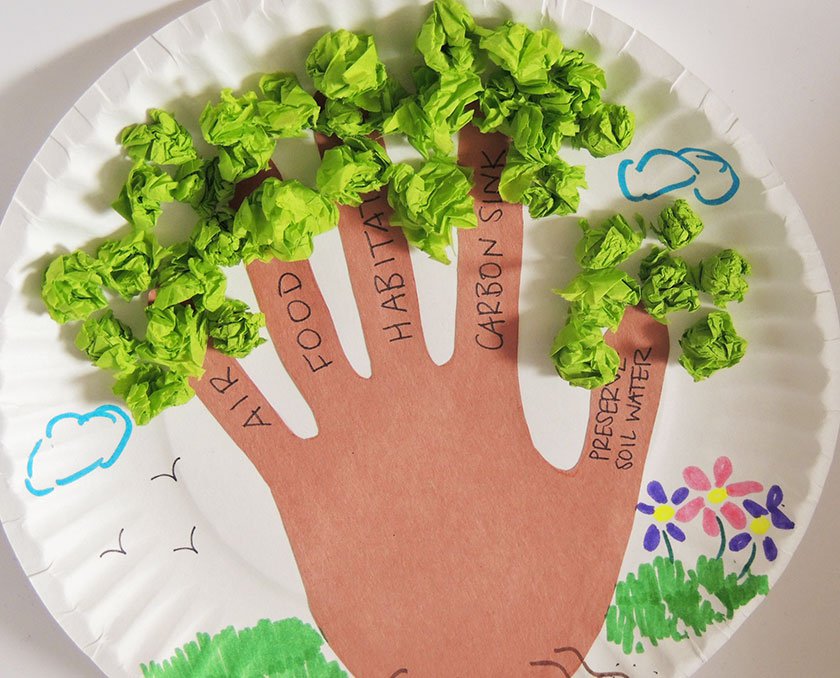
In our Earth Day celebrations, kids learned about the important role that plants play in our ecosystems.
- The very first Earth Day was celebrated on April 22, 1970. Every year on that day, we focus on the environment and what we can do to keep our planet healthy. Check out the history of this holiday and see how it has evolved.
- New York City residents contribute 12,000 tons of waste to landfills every single day. Much of this trash takes centuries to break down. Be a sustainability scientist and examine what it means for material to be biodegradable.
- Water temperature will alter how ocean currents move. Learn how weather and climate change affect movement of water and how that influences island communities.
Conserving Water
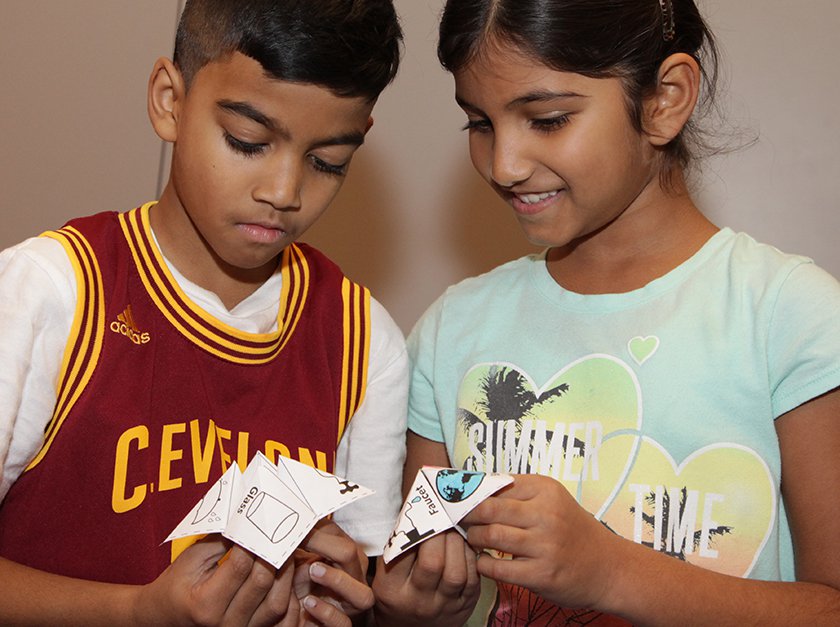
Visitors made fortune tellers with tips to help conserve water at home!
- How much water do you use each day? Use this calculator to reveal your true water footprint.
- How does soil type impact how much you water your garden? Try a Water Wise experiment.
- Discover how drinking water is treated with a Water Cleanup experiment at home.
Re-Use, Re-Think
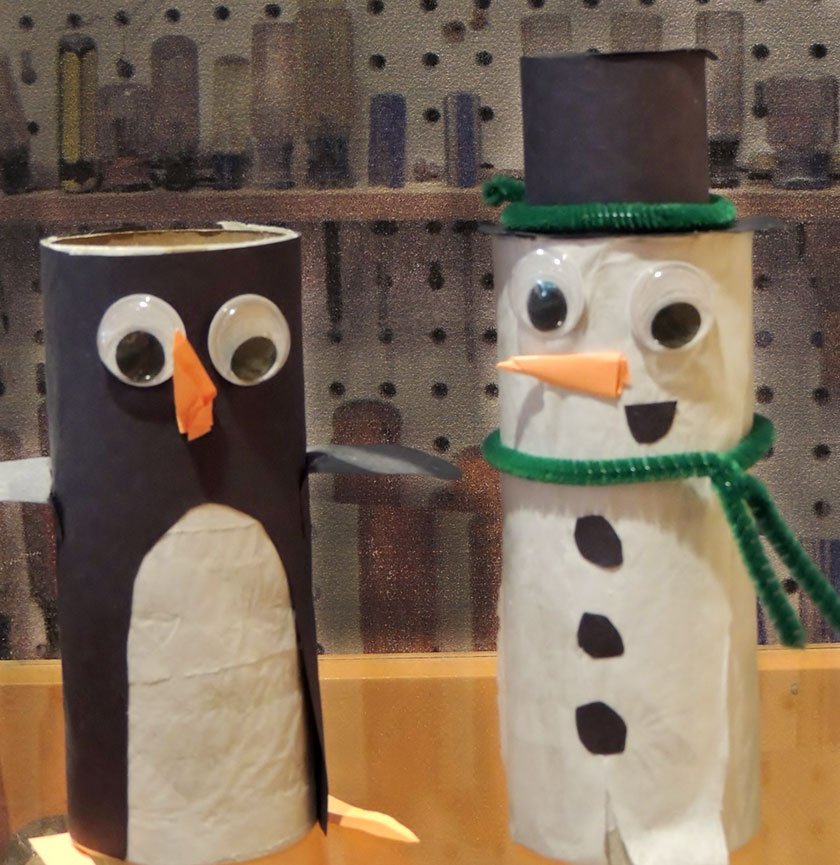
Using everyday materials in a new way, visitors made their very own winter creature!
- Recycling should be a part of our everyday habits, but we can also reduce the amount of waste we make. Learn some tips for how to use less here.
- Be creative in how you reuse materials. In just a few easy steps, scrap paper can be transformed into seed paper that you can plant. Just add some water and watch it bloom!
- Have you ever thought about who benefits from the bottles you recycle? From communities to businesses to marine life, the positive impacts of recycling are far reaching.
Wild About Conservation
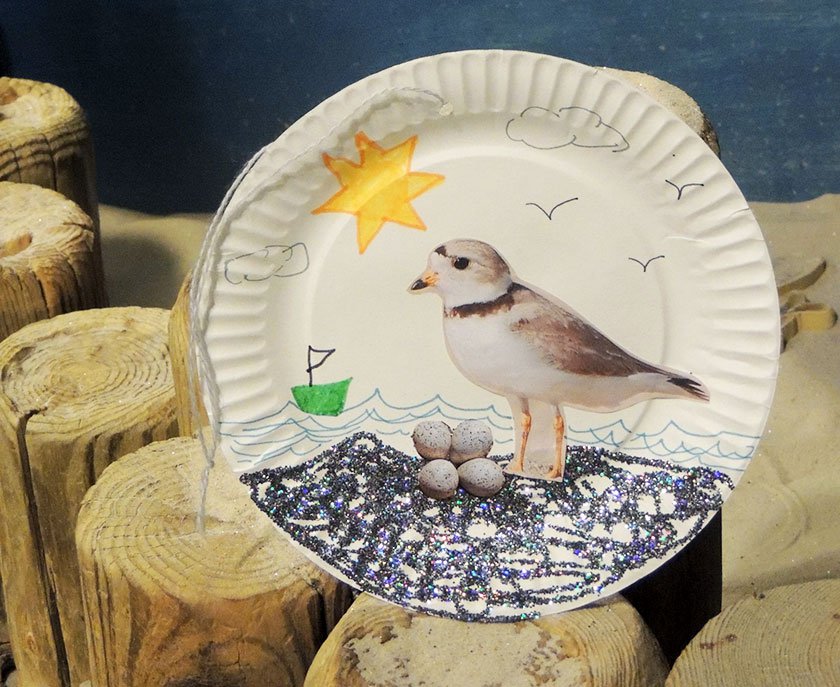
The piping plover is an endangered species native to Long Island. Building their beach habitat, kids learned how to recognize their nesting sites.
- Engage with the natural world around you. Here are five ways to explore wildlife in your neighborhood.
- Wildlife can be affected by natural disasters such as hurricanes and by manmade destruction like oil spills. Be an environmental engineer in this experiment that explores how scientists clean up oil in our waters.
- Habitat loss and climate change are having detrimental effects on wildlife. Help undo the damage through these everyday habits.
Discover More
Jump to another STEM Explorers by Green Teens topic here.
Thanks to Our Sponsor
"STEM Explorers powered by Green Teens" is made possible with the support of National Grid.
